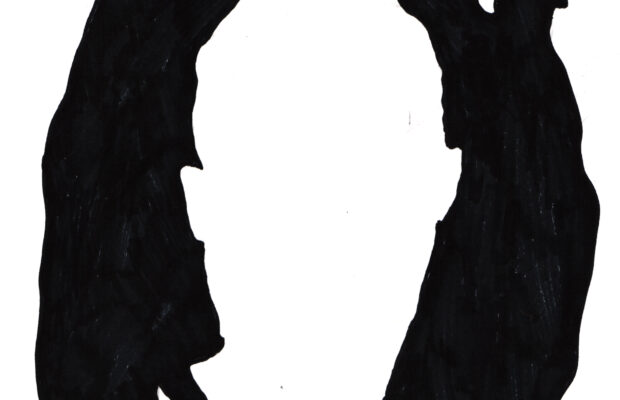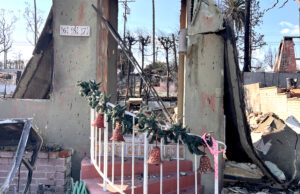Fear is a fundamental part of creativity and innovation

Gothicism at its core is an art form, and horror is its child, born from its thick roots in folklore and religious traditions. Portrayals of the afterlife, the demonic and the guiding principle of evil being embodied in a person, manifests into tales of beasts, vampires, werewolves and spirits. While both genres share similar themes and play with basic human fears like mortality, horror has been a dominating genre in the world of storytelling. Horror leaves society a light bulb dangling in the otherwise pitch-black room that is hidden deep within the human psyche. We never see the deepest reaches of the room, the light not strong enough to reveal who or what we share the darkness with, but it is there, and we learn to live with it.
Every year Halloween comes around and countless people swarm popular haunted houses, such as Reign of Terror, and attend movie theaters for the latest thriller. Halloween is a well-respected holiday for its element of surprise, and horror is equally loved for that very reason. Popular horror novelist Stephen King says it best in his celebrated essay, “Why We Crave Horror.” “Our emotions and our fears form their own body, and we recognize that it demands its own exercise to maintain proper muscle tone,” King said. Horror is a part of us because it has everything to do with imagination, and nothing to do with whether or not we are scared. Halloween is simply a form of creative expression, and that is why we crave its intensity. Imagination is one of our strongest tools as a civilization, as it can be used to stir human nature to points of madness, even if it is for pure entertainment.
Horror becomes something beautiful when we use our creative energy to transform fear to art. It comes from our fascination to further drive our individuality, and Halloween can give us the opportunity to express the side of ourselves most people don’t see. Horror can be mentally and physically stimulating when we are faced in front of a screen with a dilemma we know will not ever happen to us, but can use our imagination to put ourselves in the victim’s shoes for a richer experience. So when that light bulb shines a path down the pit of creativity, somewhere hidden between our unconscious and conscious mind, follow it and see how far it takes you.



